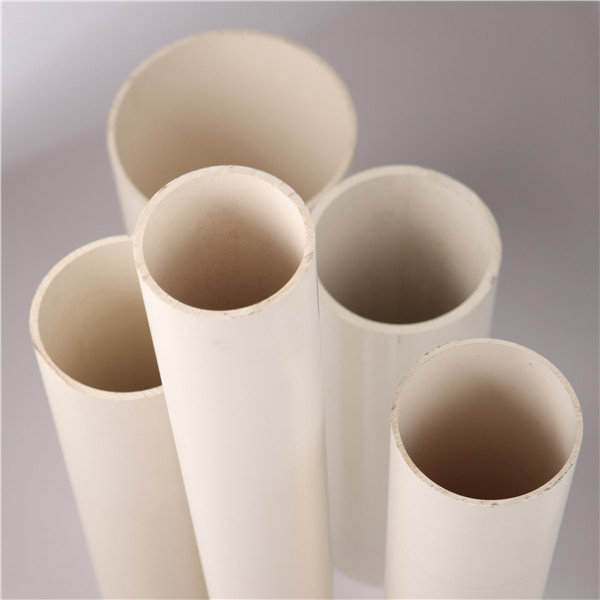Medi . 28, 2024 19:27 Back to list
High-Density Polyethylene Sewer Pipe Specifications and Applications Guide
Understanding HDPE Sewer Pipes A Sustainable Solution for Modern Infrastructure
High-Density Polyethylene (HDPE) sewer pipes have emerged as a vital component in contemporary plumbing and wastewater management systems. Known for their flexibility, durability, and resistance to corrosion, HDPE pipes offer a wide array of advantages over traditional materials, making them increasingly popular in various applications, particularly in sewage and drainage systems.
The Benefits of HDPE Sewer Pipes
One of the most significant benefits of HDPE sewer pipes is their outstanding durability. Unlike traditional materials such as concrete or clay, HDPE is resistant to both chemical and environmental degradation. This resilience ensures a longer lifespan, reducing the frequency of necessary repairs or replacements. Furthermore, HDPE pipes can withstand extreme weather conditions and can be installed in both dry and wet environments, making them adaptable to various geographical and climatic scenarios.
Another advantage of HDPE sewer pipes is their lightweight nature. This characteristic simplifies the transportation and installation processes, reducing labor costs and minimizing the environmental impact associated with heavy equipment. The manufacturing of HDPE pipes also requires less energy compared to traditional materials, reflecting a broader trend towards more sustainable construction practices.
HDPE’s flexibility is another key feature that distinguishes it from other materials. The pipes can be easily bent and shaped to fit complex layouts, thus accommodating a wide range of installation configurations. This adaptability is particularly beneficial for urban areas, where space is often limited and existing infrastructure must be navigated.
Environmental Impact and Sustainability
In an age where sustainability is paramount, HDPE sewer pipes stand out due to their eco-friendly properties. They are composed of recyclable materials, contributing to a circular economy. At the end of their life cycle, HDPE pipes can be reprocessed and repurposed, minimizing waste and reducing the environmental footprint associated with disposal.
hdpe sewer pipe

Moreover, the smooth interior walls of HDPE pipes result in lower flow resistance, ensuring efficient wastewater transport. This efficiency helps reduce the energy required for pumping sewage, further lessening overall energy consumption in sewage management systems.
Installation Techniques
The installation of HDPE sewer pipes employs a variety of methods, including open cut, trenchless, and directional drilling techniques. The trenchless method, in particular, minimizes surface disruption, preserving the integrity of roads and existing structures. This is especially advantageous in urban areas where construction can cause significant inconvenience. Additionally, trenchless installation reduces the emission of dust and noise, aligning with modern standards for environmental protection and public health.
Challenges and Considerations
Despite their numerous advantages, there are certain challenges associated with HDPE sewer pipes. Installation requires specialized training and equipment, which can increase initial costs. Moreover, while HDPE is highly resilient, it may be susceptible to damage from certain external factors such as intense heat or UV radiation, necessitating caution in specific applications.
Additionally, local regulations and standards for sewer systems can vary, and it is crucial for engineers and contractors to be aware of these requirements when incorporating HDPE pipes into their designs.
Conclusion
In conclusion, HDPE sewer pipes represent a significant advancement in plumbing and wastewater management technology. Their durability, flexibility, and environmental benefits make them an ideal choice for modern infrastructure projects. As communities continue to grow and evolve, the demand for efficient and sustainable sewer solutions will only increase, positioning HDPE pipes at the forefront of innovative infrastructure development. By embracing these modern materials, we can create more resilient systems that meet the needs of today while safeguarding the environment for future generations.
-
25mm PVC Irrigation Pipe - Durable & Efficient Watering Solution for Farms & Gardens
NewsJul.05,2025
-
HDPE Culvert Pipe Supplier – Durable, Leak-Proof & Easy Installation Solutions
NewsJul.05,2025
-
High Transparency PVC Clear Sheet Super Transparency PVC Sheets & HDPE Cutting Board Supplier
NewsJul.04,2025
-
High-Quality PVC-M Pipe Supplier Trusted PVC Pipe Company & 75mm PVC Connection Pipe Solutions
NewsJul.04,2025
-
PVC Transparent Sheet Roll - Durable & Flexible PVC Plastic Sheet Roll for Industrial & Home Use
NewsJun.24,2025
-
High-Quality PVC PPR Pipes and Fittings Durable ERA PPR Solutions
NewsJun.10,2025

